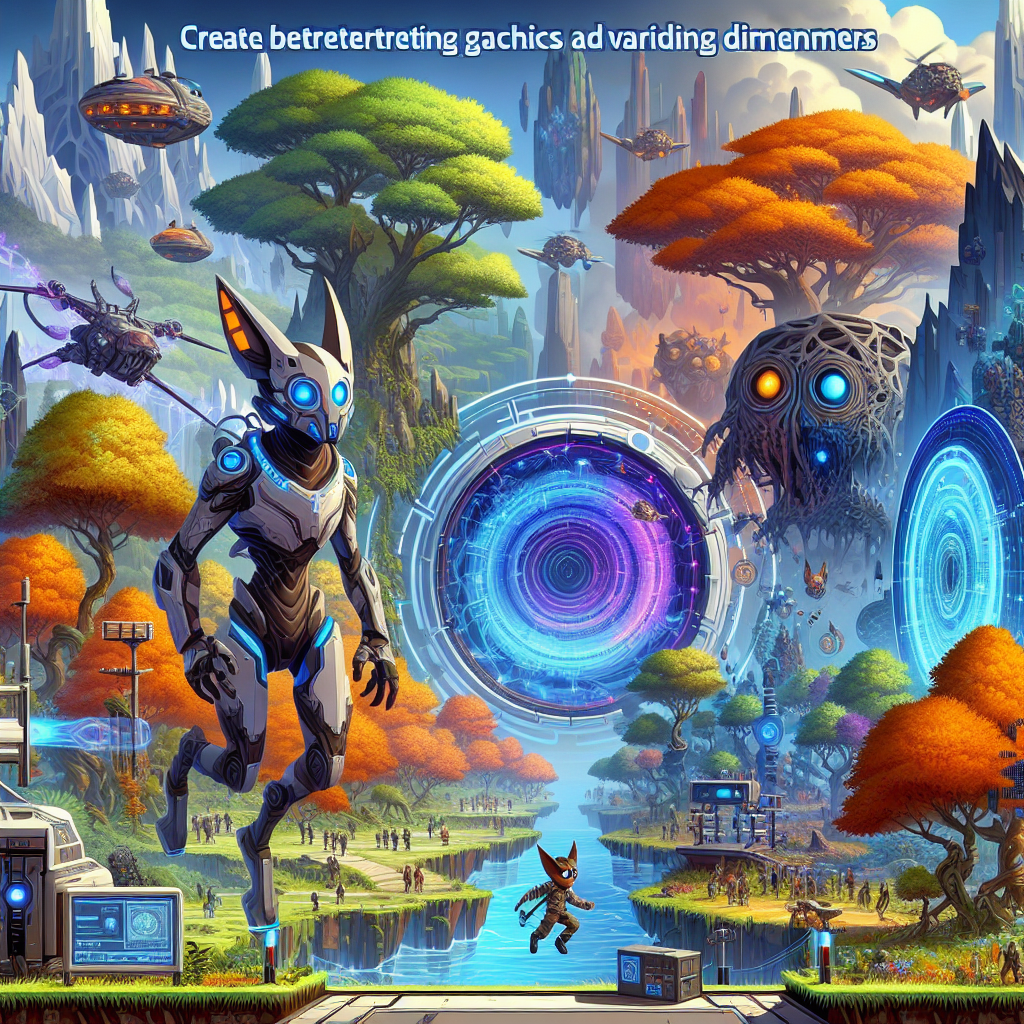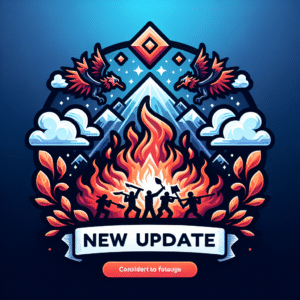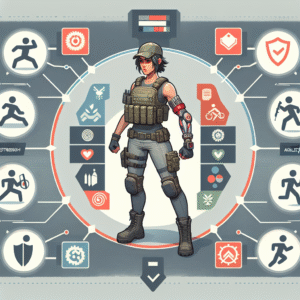Speedrunning Strategies in Super Mario Odyssey
Speedrunning in the realm of video gaming transcends traditional gameplay, transforming titles into arenas of precision, skill, and ingenuity. Super Mario Odyssey, one of the most vibrant entries in the storied Mario franchise, presents a fertile ground for speedrunners, with its fluid mechanics and imaginative worlds. The game’s vast sandbox design and inventive cappy mechanics allow for a multitude of speedrunning strategies that both challenge and enthrall participants in this pursuit of digital excellence.
Speedrunning in Super Mario Odyssey primarily breaks down into several categories, each with its exclusive set of rules and goals. These categories include Any%, World Peace, Dark Side, Darker Side, and 100%. Each category presents its distinct challenges and requires intricate knowledge of the game’s mechanics to excel. The most popular among these is arguably the Any% run, where the objective is simple in theory but arduous in execution: complete the game as quickly as possible, using any means necessary.
An effective Any% run in Super Mario Odyssey involves strategic route planning from the very start. Mastery over movement options is paramount as the player must utilize Mario’s broad repertoire for maximum efficiency. This game introduces the cap-toss mechanic with Cappy, allowing Mario to extend jumps, inhabit the bodies of certain enemies, and grasp objects from afar. Players exploit these mechanics relentlessly, performing complex sequences of jumps and hurls. The cap throw and dive, known as the “cap dive,” becomes the cornerstone of movement, allowing Mario to traverse levels at speeds unimaginable in standard play.
Moreover, precise control and execution of Cappy’s targeting system enable Mario to perform advanced techniques such as the “vault,” where Mario, using Cappy, bounces off enemies or objects with more vertical momentum. Speedrunners often chain these vaults to traverse vast distances in a single leap. The “vectoring” technique, derived from manipulating Mario’s angle of descent to increase his speed beyond typical limits when he is airborne, serves as another critical skill, particularly for capturing moons located high above or across wide gaps.
The routing in an Any% speedrun is meticulously optimized for efficiency. Early game kingdoms such as Cap, Cascade, and Sand Kingdom serve as critical junctures where milliseconds, or even nanoseconds, can make all the difference. Sand Kingdom in particular offers significant time-saving opportunities. Speedrunners deftly utilize the “Moonskip,” a skip through which one can bypass an entire segment of the story and shave precious seconds. Another example is in the Lake Kingdom, where by mastering the “Lake Clip,” players can skip boss battles that traditionally gatekeep significant progress.
World Peace runs, on the other hand, focus on achieving the game’s various story resolution points, which means defeating key bosses across the kingdoms. This category demands efficiency in both combat and travel, with minute route optimizations and flawless execution of movement strategies such as “spin pound” and “roll cancels,” where jumping while rolling allows Mario to maintain immense speed and agility.
Dark Side and Darker Side categories push the player’s endurance and skill, demanding completion of some of the game’s most difficult moons. Not just speed, but precision becomes imperative. Techniques such as “flower roads,” where players skip intended travel paths by jumping over or skipping sections, are used to save time. Additionally, combat proficiency must be paired with navigation expertise, with players often leveraging glitches like the “Moon Clip” to bypass entire sections of some kingdoms.
The 100% run demands the most comprehensive understanding, requiring a player to collect all 880 unique power moons and other collectibles. This marathon of a run measures not only skill but also the speedrunner’s planning prowess and stamina. Reducing in-game movement downtime with “capture warps” – respawning into a room for faster exits, becomes invaluable here. Additionally, efficient domain mastery, rotational memory, and dynamic adaptability clearly separate novice runners from masters.
Every speedrun strategy in Super Mario Odyssey is integrated seamlessly into analytical practices. Runners employ a combination of retimed segments for comparisons, frame-perfect inputs for execution, and bot testing for faster routines, transforming any 3D Mario game experience into an in-depth study of mechanics. Leaderboards are maintained, bolstered, and dynamically updated through community-determined resources such as live streams, speed run conventions, and peer collaborations.
This passion and engagement lead to a collective subculture that thrives on iteration, adaptation, and cooperation. Players frequently share their discoveries, extending the game’s lifecycle well beyond its original release. Websites like Speedrun.com provide a repository for the latest verified runs and strategies, while social media platforms proliferate highlight reels and tutorials. Such communal efforts ensure that speedrunning Super Mario Odyssey continually evolves, even as it steadily delivers the thrill and ecstasy of achieving new milestones.
In essence, speedrunning strategies in Super Mario Odyssey epitomize a colossal demonstration of player creativity, dexterity, and perseverance. The dedicated exploration of mechanics transforms a beloved platformer into a crucible—in which execution, strategy, and innovation are constantly in flux—cementing the game’s legacy in speedrunning history.












Post Comment